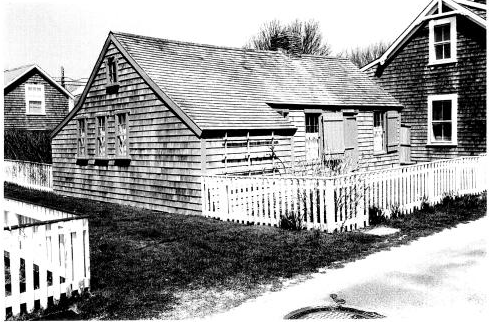Two quick mini-posts to follow up on my last post. I’ve ended up seeing almost every new exhibit at the ICA, and the most recent was their survey of Roni Horn that I caught on the last day it was open two weeks ago. Enjoyable though it was, the works as a whole felt curiously uninvolving. Perhaps because Horn is a conceptual artist whose concepts feel “safe”, neither daring nor innovative nor electrically charged. There are some moments of surprise and reaction, but on the whole the exhibit felt rather too suburban and neat. Perhaps this is most epitomized by her treatment of Dickinson, in which she’s content to restrain the poet’s words in cold metal bars, acknowledging her quiet, solid strength but without allowing any of her passion to be felt. I agree with much of Sebastian Smee’s review for The Boston Globe, and I also wholeheartedly second his appeal for the ICA to give us a change of pace from these fairly benign exhibits and explore more visceral areas of the art world. The accompanying exhibit, of Mexican artist Dr. Lakra, proved to be the more interesting one overall, although certainly less easy to swallow.
I was also happy to see the MFA’s The Secrets of Tomb 10A: Egypt 2000 BC (today’s the last day). The exhibit is highly entertaining and at times moving, although it follows the same obvious path as most exhibits of ancient relics do, which is to emphasize the functional usage of the artifacts over their artistic value. Smee, again providing a cogent review in The Globe, particularly laments the exhibit’s presentation of a 4000-year-old mummy’s skull, which emphasizes the scientific anaylsis of it more than the skull itself.
On that visit I also checked out the museum’s Durer exhibit. The works are quite amazing, although some background on the various techniques used would have been helpful. And to round things off, here’s Smee’s review of the exhibit for The Globe.








